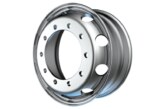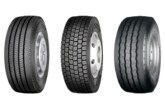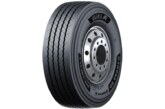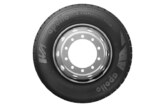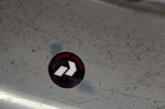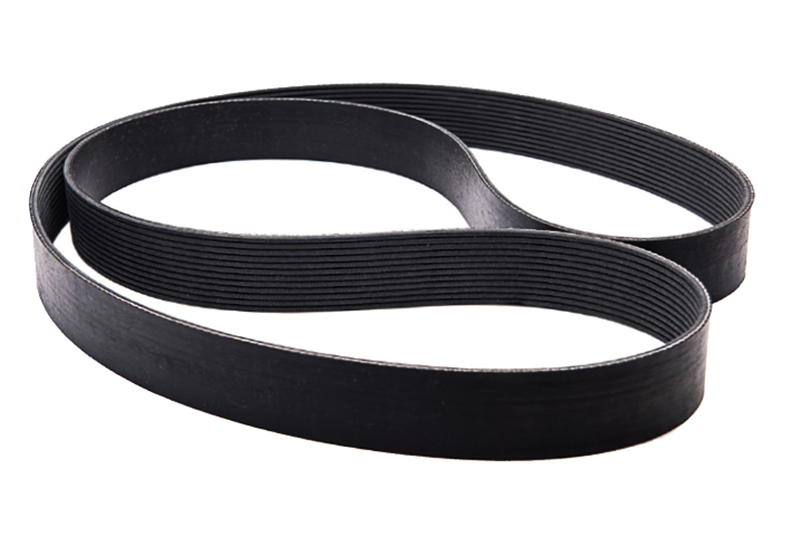
Steve Carolan, National Sales Manager for Dayco, discusses the role of auxiliary drive belts in the performance and reliability of CV air conditioning.
With progress made alongside vehicle design and development, long gone are the days when the typical lorry, bus, or coach relied on a single belt to drive the auxiliary drive system, as the advent of additional equipment has led to a huge increase in demand for power, which has to be drawn from the engine.
As a result, multiple belts are now commonplace and, in some applications – such as intercontinental coaches – there can be as many as eight individual belts working in unison to ensure the correct operation of the alternator(s), water pump, power steering pump, hydraulic pump, and air compressors for the braking system. These are in addition to the growing requirements of the air conditioning system.
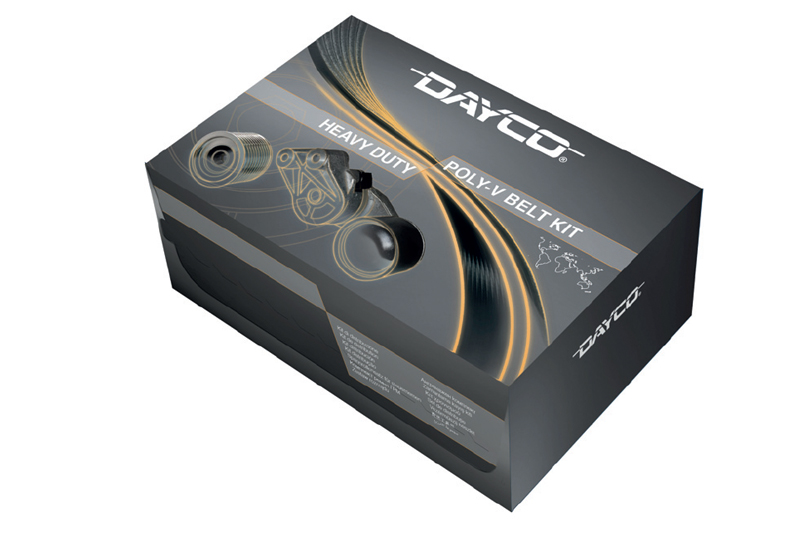
Today, air conditioning is not considered a luxury; instead, it’s seen as a safety system, particularly for long distance lorry drivers, those using agricultural machinery in the heat of the day, and for coaches that must be able to keep a large number of passengers comfortable and the driver alert.
In many of these applications, not only do they need to employ large capacity air conditioning compressors, they are often installed in exceptionally confined spaces where extreme heat and reduced air flow combine to produce an even more challenging operational environment.
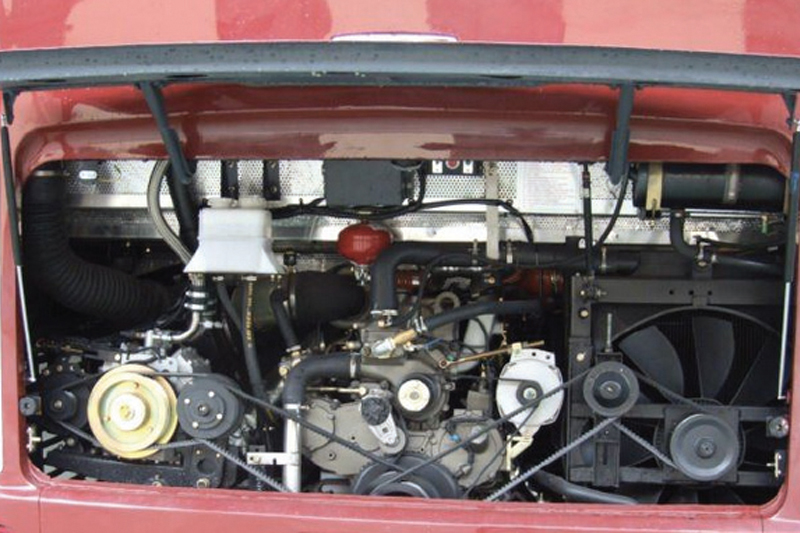
As the auxiliary belt is central to the overall reliability of the vehicle, the performance of the belt is vital for the effective operation of the drive system and, in most applications these days, these are multi-groove ‘V’ belts, which are generically referred to as auxiliary belts.
There are considerable advantages with the auxiliary belt over the traditional single ‘V’ alternative, but perhaps the most obvious is the fact that they generally have a greater surface contact area driving the pulleys and, being thinner in section, can be used on smaller diameter pulleys, making them particularly suitable for installation in the confined spaces mentioned earlier.
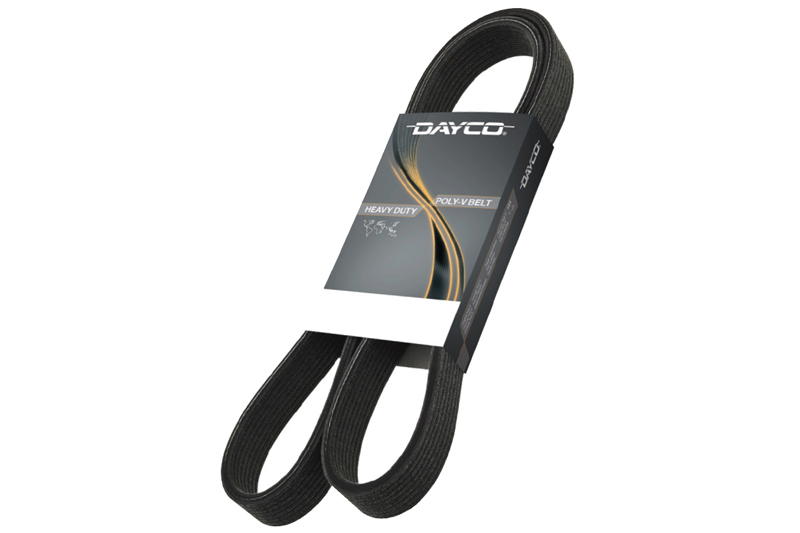
In addition to the operational challenges of intricate routing, excessive heat, and a lack of space, there are practical installation issues that CV workshops and fleet operators must consider when replacing auxiliary belts and their related components. These installations can be complex and time consuming, therefore, they must be undertaken carefully, using only the highest quality components. This is of even high importance when these vehicles are intended for commercial uses, as any downtime is a major cost to the operator. Dayco’s auxiliary belt range incorporates the latest materials and world class manufacturing processes to ensure outstanding performance, lower noise transmission, and maximum service life. Each belt is designed and specifically engineered for each vehicle manufacturer and the different requirements of their vehicle applications.

